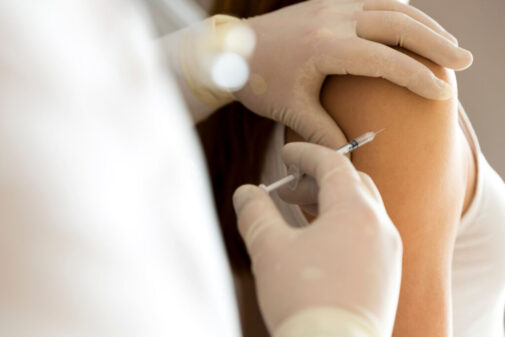A hidden danger of bounce houses

When parents think of heat-related dangers, hot cars are likely one of the first things that comes to mind. But a new study discovered another place that parents need to be particularly cautious of on a hot day: a bounce house.
Places like a bounce house or a car create a microclimate, which is the climate of a very small and restricted area. These microclimates are a leading cause of heat stroke and other heat illnesses and can be very dangerous.
In the study, done by the University of Georgia, measurements were taken of both the outside temperature and the temperature inside a bounce house on an average summer day in Georgia. They found that the temperatures inside bounce houses were consistently higher, typically by four to seven degrees Fahrenheit, than the outside temperature.
“This research is a preliminary look at something that no one had really examined in the published literature,” said Marshall Shepherd, UGA Athletic Association Distinguished Professor of Geography and Atmospheric Sciences and co-author of the study, in a release. “I knew it was a problem when I watched my child in one on a particularly hot day and our early findings confirmed my suspicions. Hopefully it makes parents more aware of something they probably overlooked.”
“Bounce houses can get very hot, and parents need to make sure they are properly ventilated,” says Dr. Charles Nozicka, a pediatric emergency physician at Advocate Children’s Hospital in Park Ridge. “Jumping and playing inside a bounce house can lead to heat exposure and heat stroke.”
It’s important to pay attention to different factors that may indicate heat illness in a child. These include fatigue, vomiting, dizziness, nausea, and flushed, moist skin.
“Fortunately, it’s not very common to see children with bounce house heat-related injuries,” adds Dr. Nozicka. “There have been severe falls from inflatable rides and slides. Kids can tip those bounce houses over and get hurt. My advice for parents would be to make sure that the inflatables are properly secured to the ground.”
For more tips on keeping your kids safe this summer, check out Dr. Nozicka’s blog.
Related Posts
Comments
About the Author
Sonja Vojcic, health enews contributor, is a marketing manager at Advocate Health Care in Downers Grove, Ill. She has several years of international public relations and marketing experience with a Master’s degree in Communications from DePaul University. In her free time, Sonja enjoys spending time with her family, travelling, and keeping up with the latest health news and fashion trends.

















